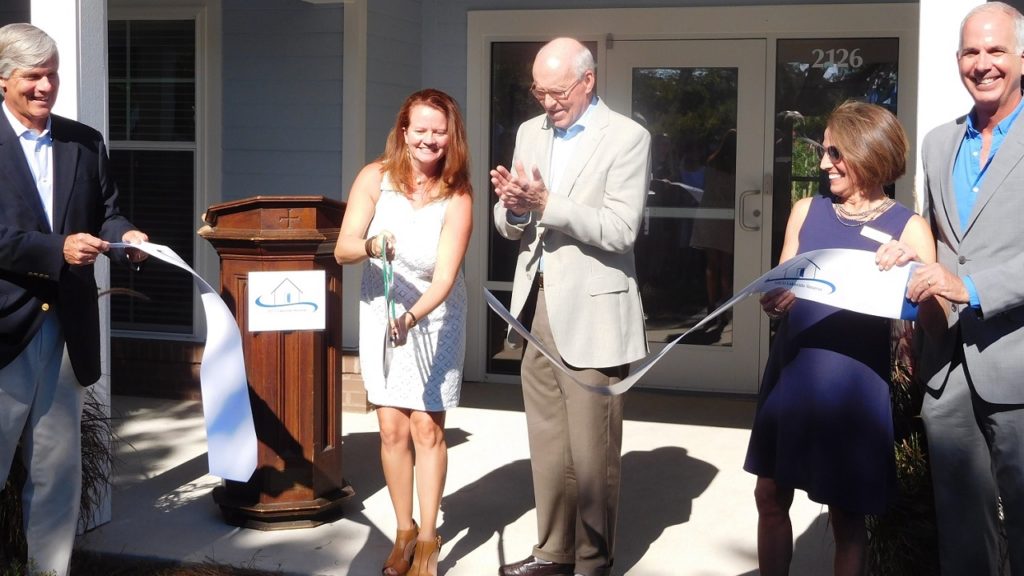
 Special to the Philanthropy Journal
Special to the Philanthropy Journal
By Holly Gabry and Andrew Slatter
As a land-grant university, NC State is committed to providing students hands-on, highly-engaged learning opportunities AND to providing research that is of direct, practical use to the fields we work in. Philanthropy Journal proudly presents the latest in a series of evidence-based resource articles developed by Dr. Amanda J. Stewart‘s masters level Management of Nonprofit Organizations classes. These articles represent a perfect overlap of engaged learning and practical research.
There are numerous nonprofit evaluation tools, or “watchdogs”, available on the internet to help donors make educated decisions prior to investing in a nonprofit. Though these evaluations are sometimes viewed as a negative force by nonprofits, the reports are beneficial because of the increased marketing and exposure they provide. Popular charity watchdogs include Charity Navigator, Ministry Watch, Guidestar, and BBB Wise Giving Alliance, which will appear when individuals search for specific nonprofits online. We focus primarily on Charity Navigator, but it is important to understand all of these websites are crucial to a nonprofit’s public perception. Nonprofits should leverage their presence on these sites to their advantage by understanding how watchdogs function and by proactively managing the information being shared.
Charity Navigator was founded in 2001, as its own nonprofit with the mission to “make impactful philanthropy easier for all”. Charity Navigator uses two categories to establish an objective rating for each organization. The two categories are the accountability and transparency and the financial health of the nonprofit. In order to understand how a nonprofit can take advantage of this resource, we must first understand where they gather their information.
Charity Navigator primarily pulls its evaluative information from the publicly available IRS Form 990 with additional information coming from the nonprofits website. This form is required to be filed by tax-exempt organizations who receive more than $50,000 a year in revenue (See Form 990 General Instructions A). Charity Navigator gathers 12 of their 17 Accountability and Transparency requirements from the Form 990, including details about the nonprofit’s potential conflicts of interest, board oversight, executive compensation, and record keeping. Charity Navigator further utilizes the Form 990 to gather information for the financial health component, such as the revenue and expenses incurred annually.
The vast majority of information on the Form 990 is helpful for donors who wish to understand a nonprofit’s relative performance and is displayed in an easily readable format on Charity Navigator. From the nonprofit’s perspective, this information can be either helpful or harmful depending on what is being displayed. Based on our conversation with Kristen Hoyle, a certified public accountant and audit partner at Thomas, Judy, and Tucker in Raleigh, NC, here are three tips to help your organization use charity watchdog reports to its advantage as a donor engagement tool:
- Clarity is key. The information portrayed on charity watchdog sites are “free advertising” for a nonprofit, according to Hoyle. “An organization’s Form 990 is a great way (for the nonprofit) to tell its story. Not only should you make sure the form’s answers are correct, you should make sure there are no spelling errors and that all of the information has a professional look”, Hoyle adds. Required fields on the Form 990 include disclosing your organization’s governance structure and expenses for fundraising and program expenses. Nonprofits should keep an eye on the information being shared through Charity Navigator and others and verify that it is an accurate reflection on their organization. Any ambiguity or error in the information transferred from the form can produce inaccurate ratings and give the wrong signal about the organization’s well-being to charity watchdogs and donors.
- Avoid fundraising sticker shock. Undertaking a large capital project such as constructing a new building, renovations, or buying additional supplies often requires high initial expenditures for fundraising. Seeing high expenses before the donations come in can create sticker shock for readers of the Form 990 and charity watchdog reports. “If you are a charity’s officer, make sure to explain upfront costs by adding additional detail,” says Hoyle. Nonprofits should create a free account for their organization by logging in to Charity Navigator. Additional detail that can be added includes outlining the fundraising goal along with the project being funded in order to reassure stakeholders that their money is being used for a noble purpose.
- Don’t overshare. While clarity and transparency are of utmost importance to the presentation of an organization’s 990, providing too much information which is not required by the IRS “can open up a not-for-profit to undue scrutiny”, per Hoyle. She adds, “some information is obvious and must be listed, while other information may be left off for the sake of privacy”. For example, a list of primary contributors is required by the IRS but can be filed in the Form 990’s Schedule B, a form that is not available in a public search. Officers who do not have decision-making authority and key employees who earn less than $150,000 a year can also be left off of the Form 990 can also be left off of the Form 990 (See Form 990 instructions Part VII). These types of decisions may prove beneficial for an organization who has high-profile (and possibly polarizing) individuals on their board or staff.
Even though the Form 990 and charity watchdog evaluations are done on an annual basis, not-for-profits should be looking at the long-term effect of the information being shared on the Form. An organization’s impact is ultimately measured by its progress towards their mission rather than its financial performance at a specific point in time. The insights shared when filing a well-crafted Form 990 and by providing appropriate additional insight can help reassure a donor that they should stay involved for the long haul.
Holly Gabry is a student in the Jenkins Master of Accounting program at NC State. She will join Elliott Davis PLLC after graduation as a tax associate. Holly received her undergraduate degree from Campbell University, with a major in accounting and a minor in studio art.
Andrew Slatter is a student in the Jenkins Master of Accounting program at NC State. He will begin a career as an audit associate with Thomas, Judy, and Tucker, PA in Raleigh, NC in August. Prior to attending NC State, he spent several years working for the Association of International Certified Professional Accountants as an online education manager.





